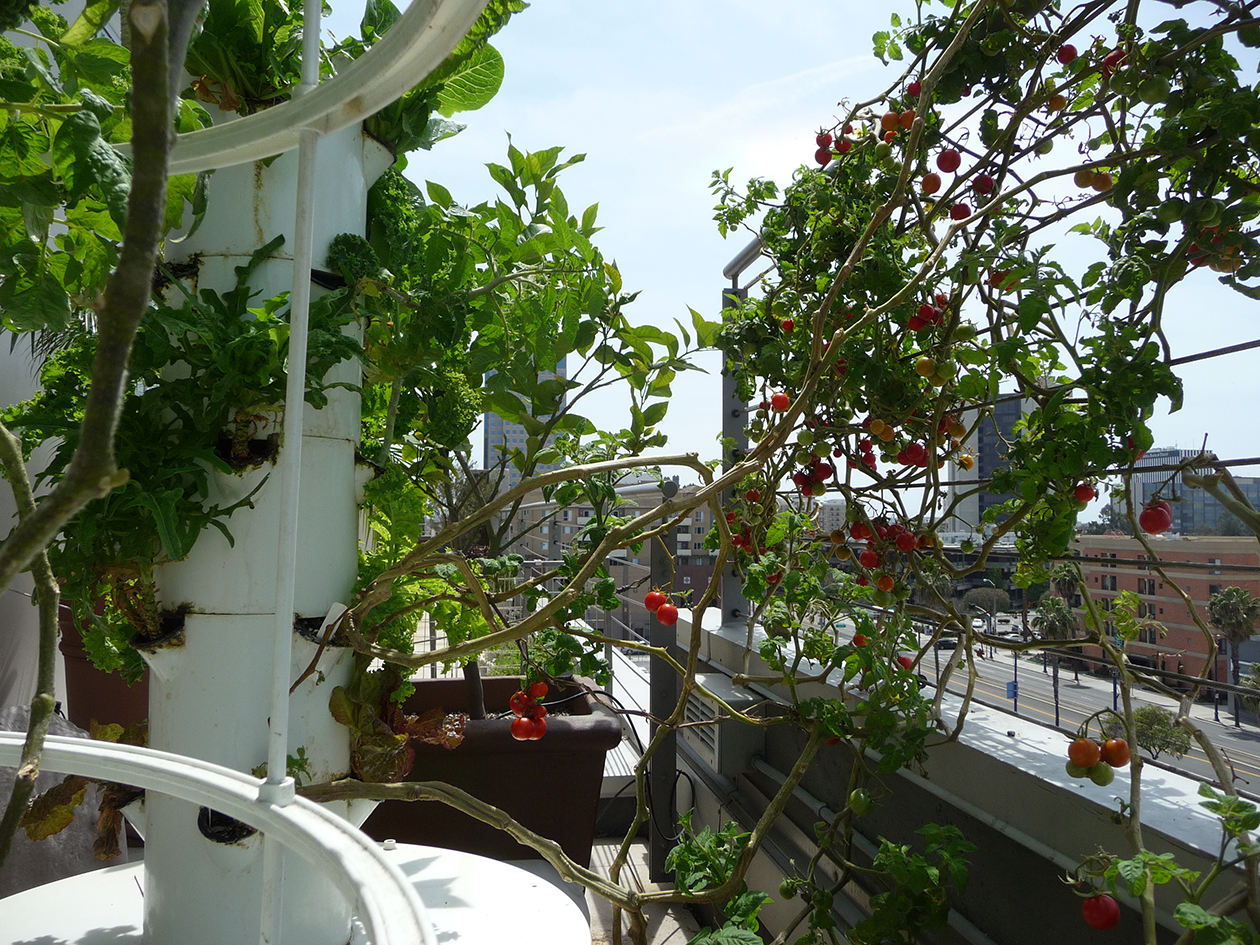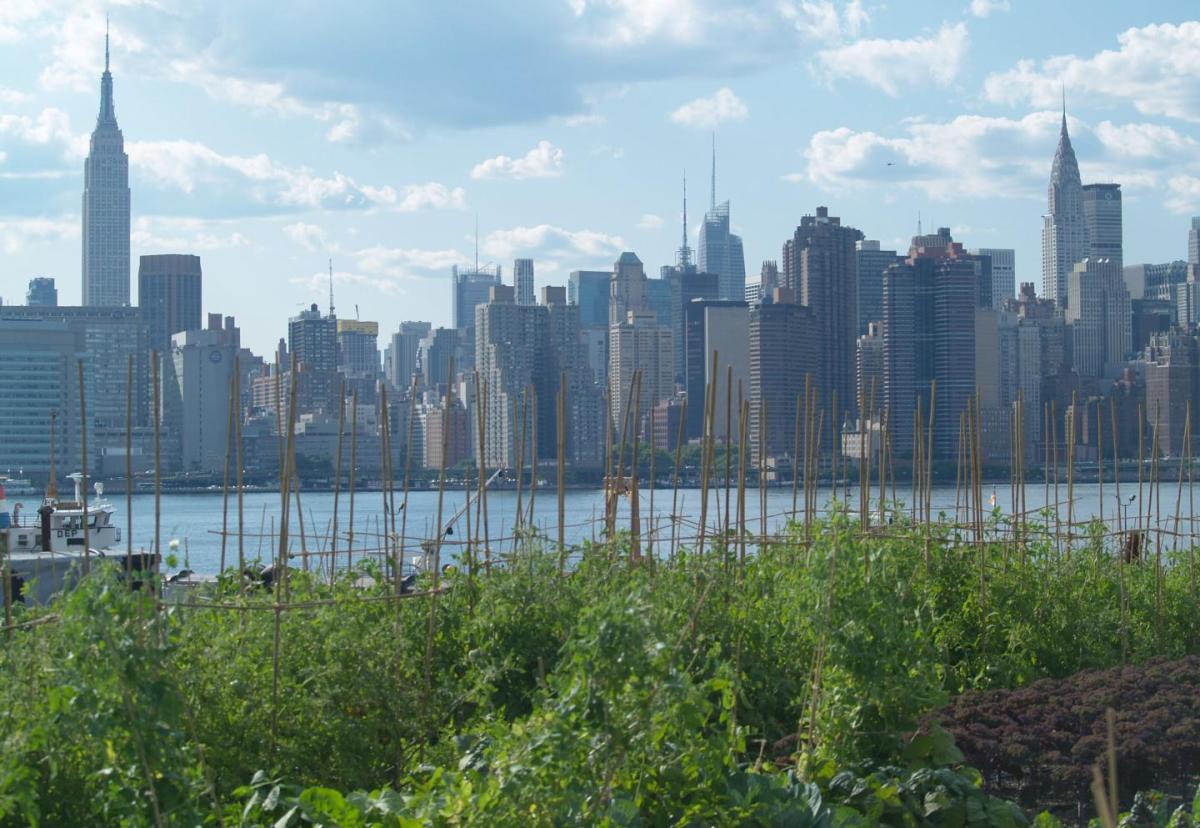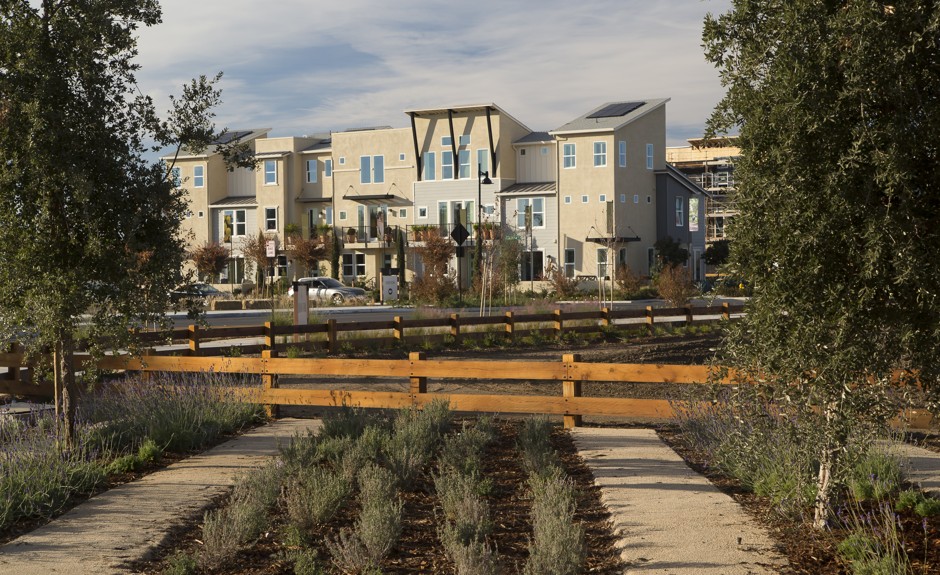7 Senior Nutrition Facts
Eat your vegetables. Drink plenty of water. Grains are great. An apple a day keeps the doctor away. And whatever you do, eat a balanced diet that takes a little from each of the five food groups.
These are just a few of the rules about eating that many people learn as children. And for the most part, they work pretty well — for kids.
But as people age, their nutritional needs change. Older adults need more of some things, like calcium, and less of others, like overall calorie intake. While each person’s specific dietary needs depend largely on personal tastes and overall health, there are some Golden Rules of senior nutrition that people in their Golden Years should try to follow:
Eat two to three servings of fruit each day
Eat two to three cups of antioxidant-rich leafy greens every day
Consume at least 1,200 mg of calcium daily
Choose whole grains over processed white flour.
Eat about a gram of protein per pound of body weight each day.
If older adults follow these general rules of senior nutrition, they’ll likely be eating a healthy, balanced diet that should help them live longer and stronger, have more mental acuity and feel better. Unfortunately, not everyone follows these guidelines. Too often people find themselves falling prey to some common senior nutrition myths, which are as untrue as they are unhealthy. Here’s a look at seven common myths about senior nutrition and the facts that dispel them:
Myth #1: You need fewer nutrients once you reach your 60s
Fact: It is true that older adults typically need fewer calories than young adults. However, older adults actually need more of certain nutrients, including vitamin D and B12. This is because the body’s ability to produce vitamin D from sunlight decreases significantly over time. In addition, the body’s ability to absorb B12 also declines. So while seniors may need fewer calories and less of certain nutrients, they also need more vitamin D and B12.
Myth #2: Excess weight isn’t a problem for older adults
Fact: Excess weight and obesity is a serious health concern for all Americans — including older folks. Being overweight not only makes you less likely to enjoy an active and energetic quality of life, it also raises your likelihood of developing a range of chronic illnesses including heart disease and type 2 diabetes.
Myth #3: It’s OK to skip meals
Fact: Even though many senior citizens experience a loss of appetite, it’s not a good idea to skip meals. Skipping meals comes with its own set of problems, including causing blood sugar levels to fall too low due to a lack of nutrients or shoot to dangerously high levels when you finally do eat.
Forgoing meals can also paradoxically cause your lack of appetite to increase. So the best thing to do is to eat something nutritious — even just a little something — at every meal.
Myth #4: You only need to drink water when you’re thirsty
Fact: People need to drink water before they feel thirsty to avoid dehydration, which can be extremely dangerous for seniors. Dehydration can be caused by medications, a lack of thirst (which is common in older adults) and decreased kidney function. If it happens to you, you could suffer from confusion, difficulty walking, a rapid heart rate, low blood pressure and other health problems.
Myth #5: Seniors don’t need to worry about nutrition
Fact: It’s never too late for anyone to start eating healthier. No matter your age, you can reap the benefits of eating plenty of fruits, vegetables, the right amount of protein and lots of water. Just as for younger adults, the better you eat, the better you’re likely to feel.
Even if you have already developed nutrition-related health issues such as diabetes or cardiovascular disease, you can still improve your quality of life and reduce the symptoms by eating right.
Myth #6: Supplements are sufficient
Fact: People should not live off of vitamins and supplements alone. And even if you could, what kind of life would it be? People who rely entirely on supplements often experience side effects including constipation, diarrhea and even malnutrition.
Plus, relying too heavily on supplements for your nutrition means you’ll be more likely to miss out on one of life’s greatest pleasures: dining with friends and family.
Myth #7: Eating alone is fine
Fact: Many older adults who eat alone every day experience increased instances of loneliness, stress and anxiety. Older adults who eat alone are also less likely to eat healthy, balanced meals, a UK study found.
Older adults who eat alone miss out on all of the camaraderie and conversation that takes place around the table when people are sharing a meal with friends, family and other loved ones.
Article published by: Huffington Post




